When scrolling through therapist profiles, you may have noticed terms like ‘intern’ and ‘student intern’ and are wondering what the heck the differences are and what they mean to you? Here’s a little look into the journey from student therapist to state intern to fully licensed therapist.
Once accepted into grad school, a therapist begins learning in-depth about their specialized field of study, depending on the licensure they are aiming towards. For example, a Marriage and Family Therapist, or MFT (sometimes called Couples and Family Therapists, or CFT), takes classes on theory, couple dynamics, mental health diagnostics, etc. As part of their training process, graduate level students begin seeing clients as ‘student therapists.’
Next, while still a student in their graduate program, therapists enter the community through an internship program, often providing a well-trained, well-supervised, and low-cost option that helps therapy become more accessible to larger groups of people. In order to graduate from their programs, student therapists must complete a required number of therapeutic and supervisory hours. In supervision, students go over their cases, protocols, theories, and diagnostics with their fully licensed supervisors to ensure they are acting ethically and in their client’s best interests.
What comes next is ‘state internship,’ although you will more often only see the word ‘intern’ (e.g. an MFT intern or CPC intern). This is a process akin to a medical residency program – of sorts – and the title simply indicates that a therapist has completed graduate school with a master’s degree in their given licensure but is not quite yet a fully licensed and independent therapist.
The road to full licensure requires a new set of therapeutic and supervision hours to be completed, and it also comes with more mid-level prices per session as therapists begin to build up their clientele. While a minimum of two years is required as a state intern, it takes an average of 2-3 years of experience with clients to obtain the number of hours needed. Once completed, they apply for and receive their full licensure and can then operate completely independently.
As you scroll through and read profiles of the different therapists here, just remember: the level of training might be important to you, or alternatively, you might find that it is less important than what someone specializes in or a good vibe you get, and that’s okay too.

